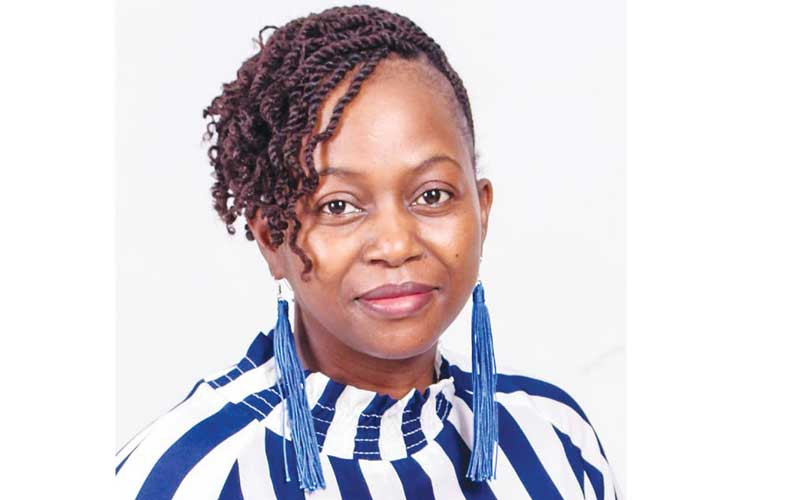
PROLIFIC music educator and artiste Tavonga Assiel Chipadza has invented two music instruments which he named Chipamhanzi and Chigufendani.
A holder of a master’s degree in education from the University of Zimbabwe and a doctor of philosophy, Chipadza, who also heads the Music Consultancy Society (MCS) was nurtured through study and work experience.
Speaking to NewsDay Life & Style, Chipadza said the two devices were his response to the need for pitched music instruments which embrace the feel and authenticity of African ingeniousness.
“Chigufendani is a combination of two traditional music instruments from Zimbabwe namely Chigufe (a gourd whistle) and Chipendani (a musical bow). Chipamhanzi is a three-in-one music instrument namely Chigufe, hosho (shakers) and Ngororombe. The three-in-one music instrument has a blending scale pattern stretching up to an octave while the hosho provides the percussive pulse otherwise known as minanzi in Shona,” Chipadza explained.
“The chigufe and reeds (nyere) combine to make a harmonically blending octave scale. Chigufe is played up to the fifth degree of the scale and the last three notes are played on the nyere.”
Chipadza, who is also a proficient marimba and mbira player, believes a variety of melody-making and unpitched African instruments should be taught in schools, either with a graded or a relatively benchmarked performance standard.
“The two instruments Chipamhanzi and Chigufendani are also meant to curb the acute shortage of African music instruments exposed by the Continuous Activity Learning Assessment in schools,” he noted.
He now seeks patency and employment creation through his cultural enterprise.
- Education 5.0: Blessing or curse for UZ students?
- UZ in fees shocker
- Deliver free education, govt told
- Police break up UZ protests
Keep Reading
“The two instruments will be launched soon with polished performances from a sample class at a colourful ceremony.”
Chipadza is optimistic that if well-resourced with hardwood timber such as mukwa, and teak as well as financial support he will turn the National Arts Council of Zimbabwe-registered MCS into a reputable music instrument manufacturing hub.
“My innovations have an inclusive capability in that we need dedicated farmers and foresters who are keen to nurture plants and trees that we need in our music instrument making. In one way we will be also responding to the environment and climate change while addressing our key goal in furniture making and music instrument manufacturing,” he said.
“Music instruments are like furniture that people should comfortably put in their houses. A music instrument is a symbol of hospitality.”
Chipadza said he had capped over 300 teachers and musicians at MCS who received certificates in visual arts and performance studies and music, respectively.
As an admirer of gospel music legend, Machanic Manyeruke, Chipadza will on June 30 cap the Madhimoni hitmaker with an honorary certificate in music that symbolises his exemplary character and dedicated work which has helped in the growth of the music industry in Zimbabwe.
Chipadza’s motivation to establish a music school is revealed in his lifelong achievement of practical musicianship and technical competencies.
According to the United Nations Education Scientific and Cultural Organisation the cultural and creative sector is one of the most powerful engines of development worldwide.
The sector is said to account for more than 48 million jobs globally — almost half of which are held by women — representing 6,2% of all existing employment and 3,1% of global gross domestic product.
It also employs and provides opportunities for the largest number of young people under the age of 30, but the cultural and creative sector still does not have the place it deserves in public policy and international co-operation.







